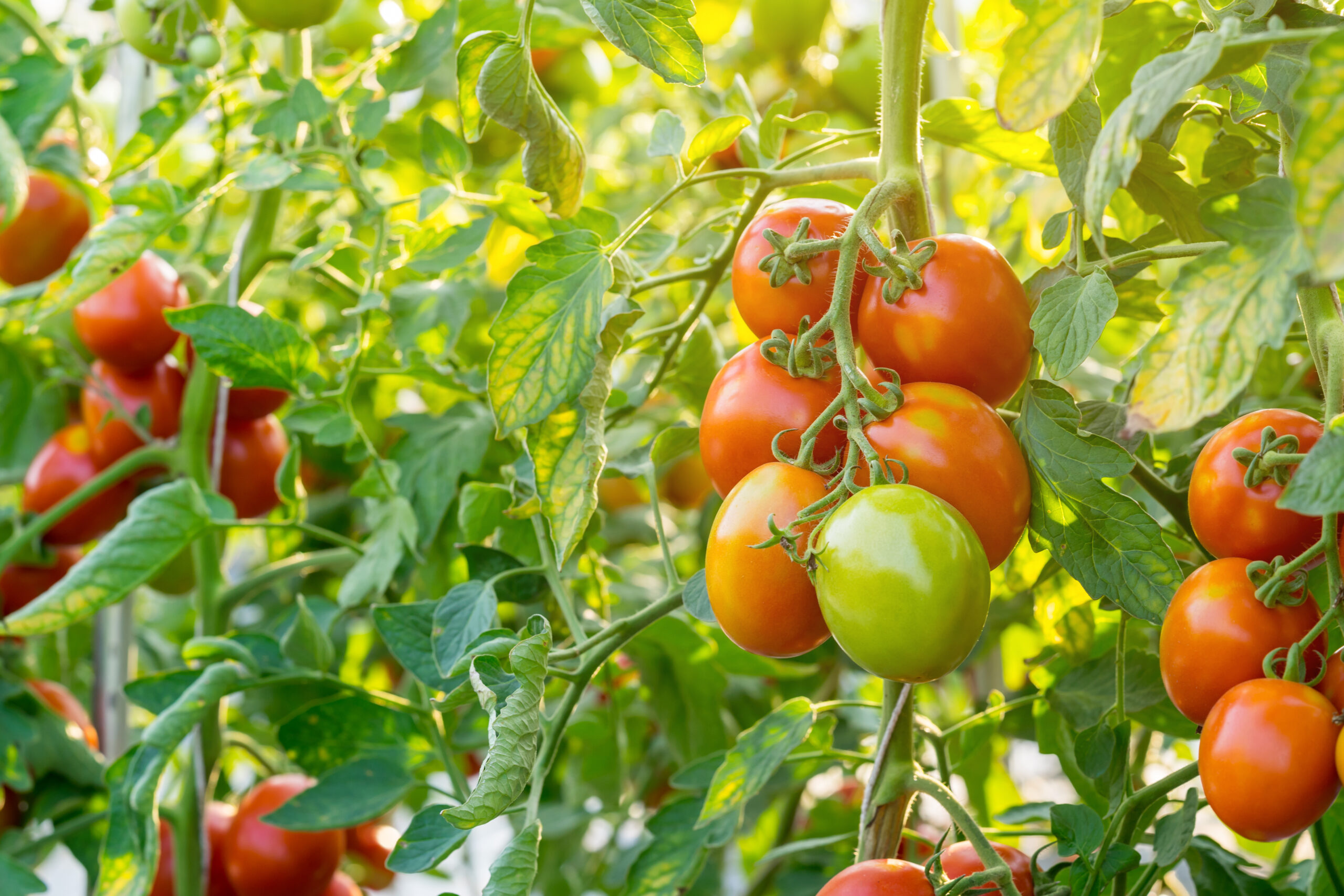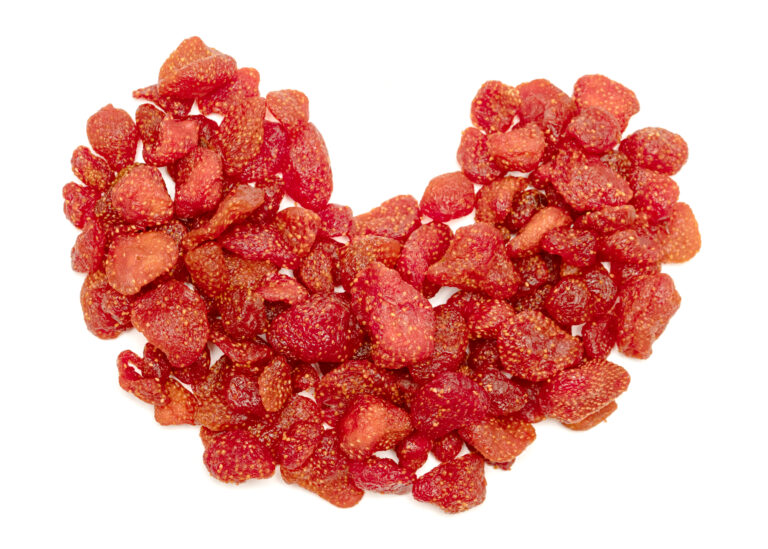A Simple Guide for Healthy Tomato Plants
Understanding the N-P-K Ratio: A Simple Guide for Healthy Tomato Plants
When it comes to growing strong, productive plants—especially tomatoes—knowing how to read and understand fertilizer labels can make all the difference. At the heart of every fertilizer formula is the N-P-K ratio, a trio of essential nutrients that fuel different stages of plant growth.
In this guide, we’ll break down what N-P-K stands for, why each nutrient matters, and how to use this knowledge to nurture your tomato plants from leafy greens to juicy harvests.
—
What Does N-P-K Mean in Fertilizer?
The N-P-K ratio refers to the three primary macronutrients found in most fertilizers:
N = Nitrogen
P = Phosphorus
K = Potassium
Each number on a fertilizer bag (like 10-10-10 or 5-10-5) represents the percentage of nitrogen, phosphorus, and potassium, respectively. These nutrients serve different purposes throughout a plant’s life cycle—and using the right balance at the right time is key to success.
—
N is for Nitrogen 🌿
Boosts Leafy Growth
Nitrogen plays a major role in a plant’s vegetative stage, especially early in its life. For tomato plants, this means tall, healthy stems and vibrant green leaves. Nitrogen helps the plant produce chlorophyll, the pigment essential for photosynthesis.
🔎 Tip: A fertilizer higher in nitrogen (e.g., 10-5-5) is ideal during the seedling and early growth stages—but too much nitrogen later can lead to leafy plants with fewer fruits.
—
P is for Phosphorus 🌸🍅
Encourages Flowering and Fruit Set
Phosphorus supports strong root development and is crucial when tomato plants transition from growing leaves to producing flowers and fruits. It fuels energy transfer within the plant, helping it convert nutrients into blooms—and eventually, those delicious tomatoes.
🔎 Tip: Look for a fertilizer with a higher middle number (like 5-10-5) when your tomato plants start to bud. This promotes better flowering and fruit development.
—
K is for Potassium 🌱
Strengthens Roots and Overall Plant Health
Potassium is often overlooked, but it’s vital for overall plant strength. It improves drought resistance, strengthens cell walls, and supports root development. For tomato plants, potassium helps them absorb nutrients more efficiently and resist diseases.
🔎 Tip: During fruiting, a balanced fertilizer with good potassium levels (such as 5-10-10) helps tomatoes grow firm, flavorful, and vibrant.
—
Visualizing N-P-K with a Tomato Plant
Think of a tomato plant as a map of nutrient needs:
Nitrogen (N): Lush green leaves and stems
Phosphorus (P): Budding flowers and ripening tomatoes
Potassium (K): Strong roots and resilient structure
By matching fertilizer formulas to your tomato plant’s stage—seedling, flowering, or fruiting—you’ll give it the right support exactly when it needs it.
—
Final Thoughts: Choosing the Right Fertilizer
Understanding the N-P-K ratio in fertilizer helps you make smart, informed choices at the garden center. Whether you’re starting seeds indoors or coaxing your plants into full harvest mode, adjusting the nutrient balance can dramatically improve plant health and yields.
📌 Quick Recap:
High nitrogen for leafy growth
High phosphorus for flowering and fruiting
High potassium for strong roots and resistance
Next time you shop for fertilizer, check the N-P-K ratio—and give your tomato plants the nutrients they deserve, from root to ripe.







